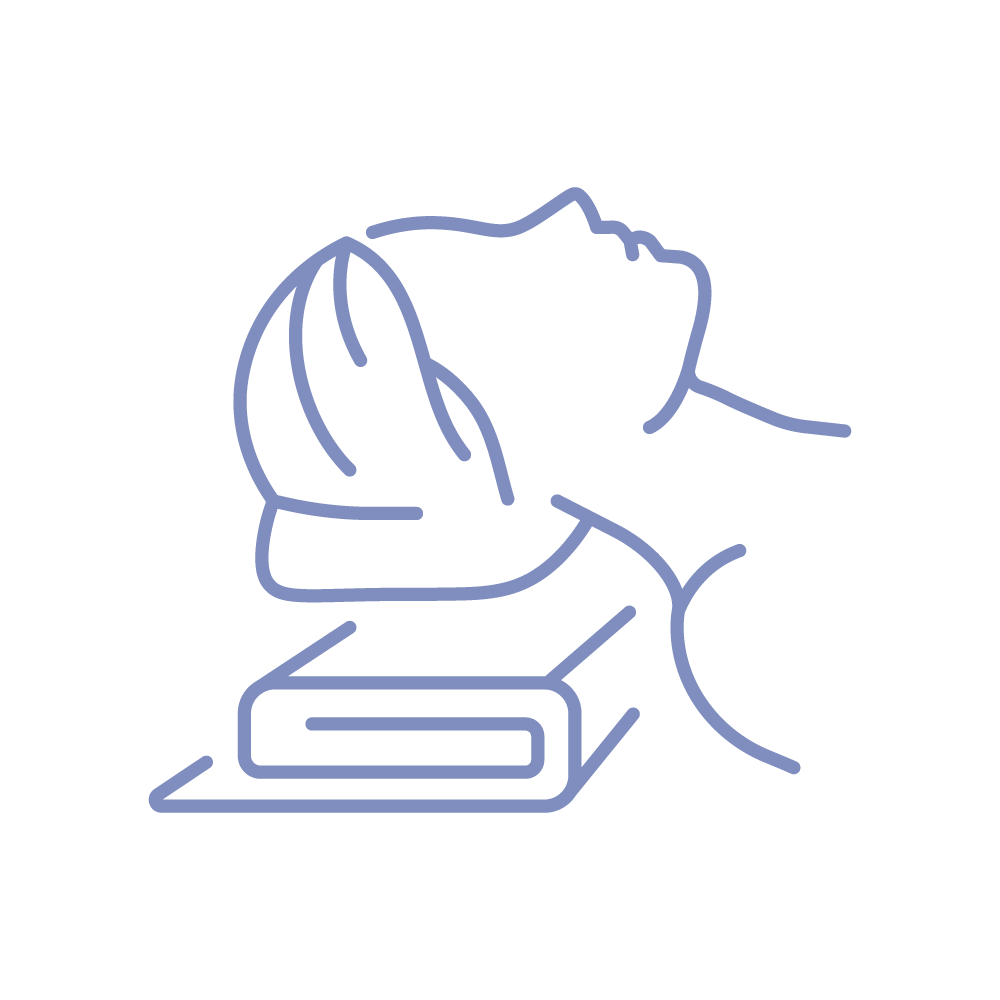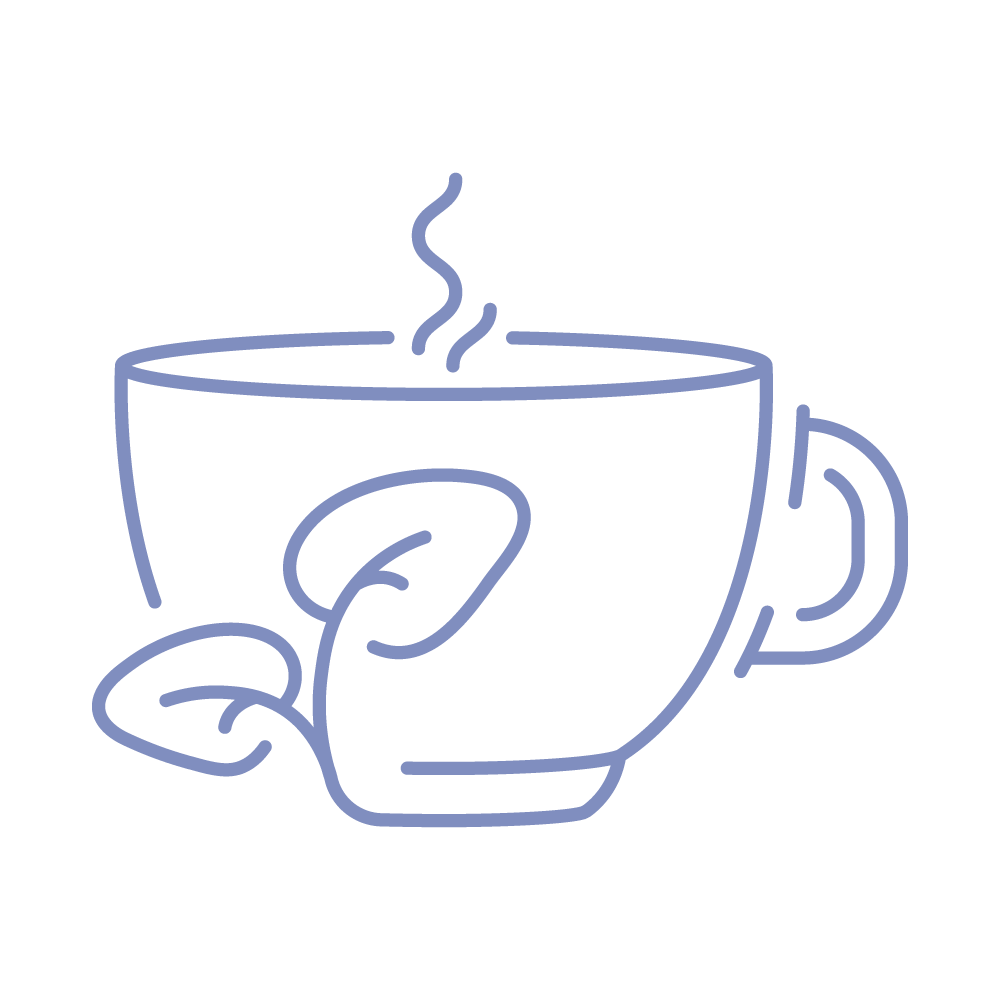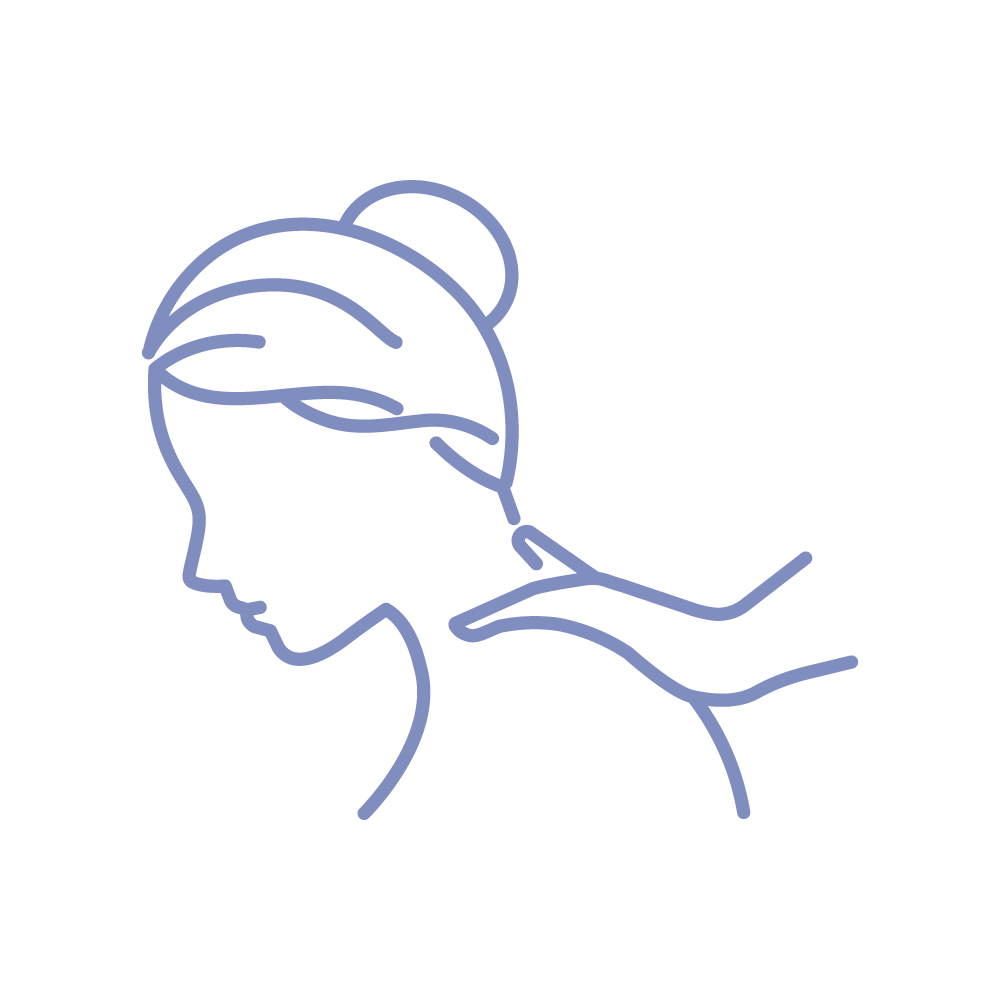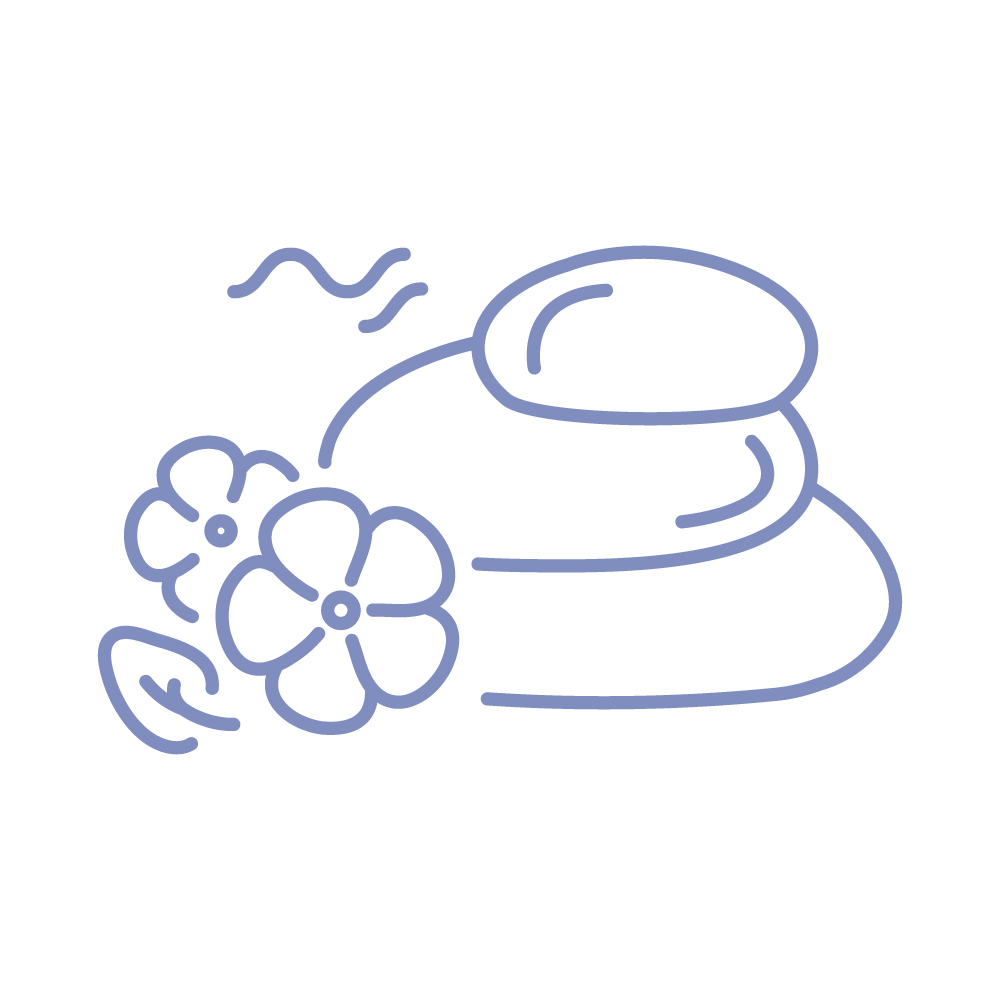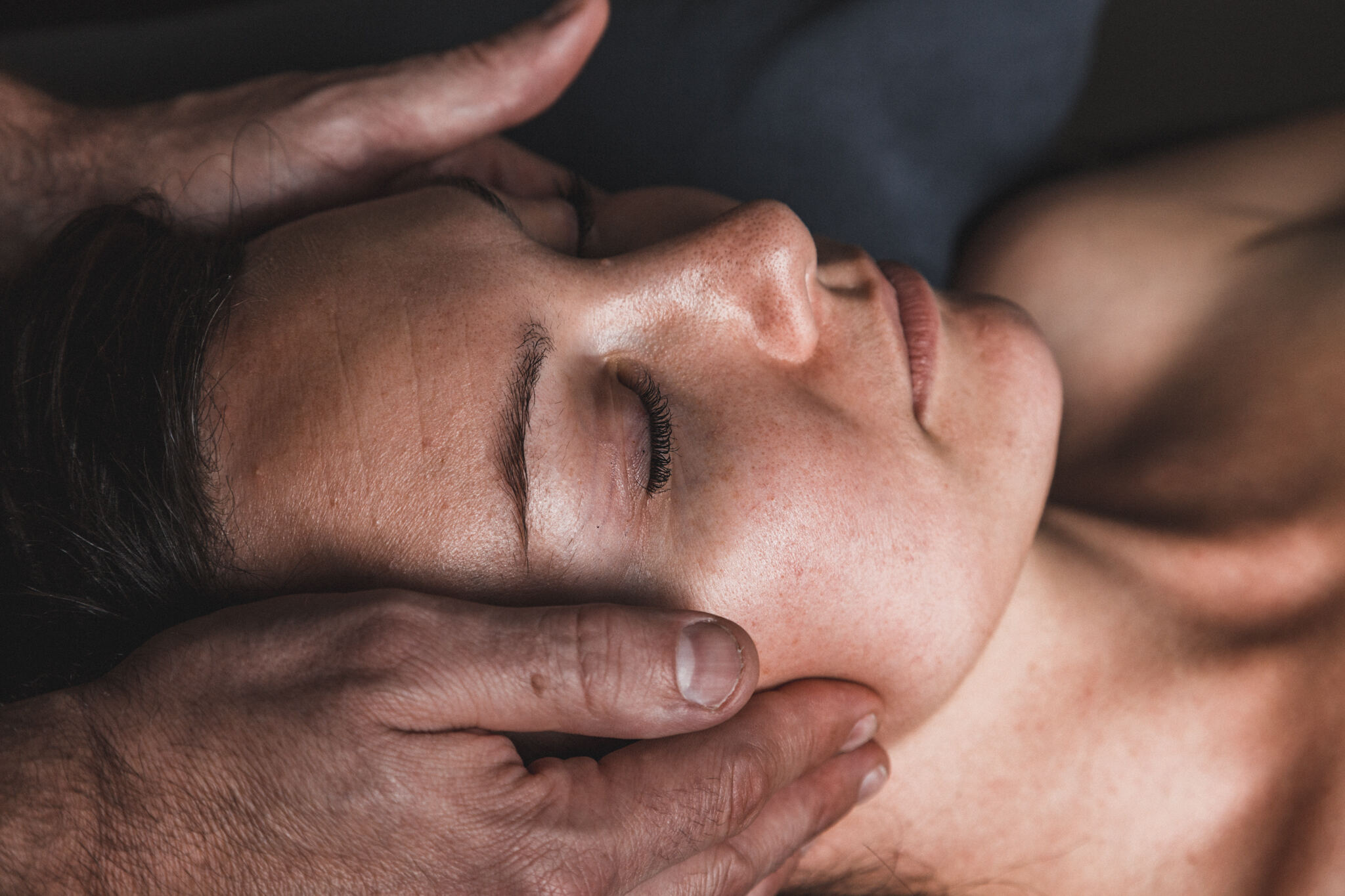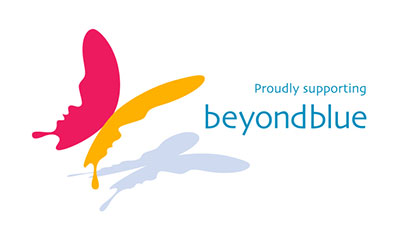Following on from a previous article that looked very broadly at arthritis, which is essentially an umbrella term for many different conditions, this article explores in more detail osteoarthritis and in particular, osteoarthritis of the knee (KOA). This is such a widespread condition that you’d be hard pressed to find someone who doesn’t know a person with the condition. The impact of KOA extends far beyond that of the immediate symptoms for the person, affecting their overall quality of life. So, let’s look more at what osteoarthritis of the knee is, how it is diagnosed, what are the best ways to prevent and treat this condition, and how massage therapy can help in managing symptoms, in particular, pain.
Osteoarthritis (OA) is one of the most prevalent forms of arthritis worldwide, with the knee being the most affected joint. It is a degenerative condition characterized by pain, swelling, stiffness, and functional limitations. As it is degenerative, it tends to occur more frequently with age, and as the number of older people in our population is growing, the impact of OA is creating a greater social and economic burden on our health systems. Approximately 1 in 11 Australians have OA and it is the leading cause of pain and disability in the community. OA affects a person’s quality of life through increased pain and anxiety, decreased functional mobility and engagement in everyday activities, poorer sleep, and depressed mood. OA of the hip or knee is particularly disabling because it limits a person’s mobility, but the condition can also affect the joints of the hands, feet, and spine. It affects all components of the joint- the cartilage, ligaments, tendons, synovial fluid, and bone. The advanced end-stage of the condition is total erosion of joint cartilage in the affected area and the need for joint replacement. Up to 20,000 knee replacement surgeries for KOA are performed in Australia each year and this number is expected to increase not only due to the aging population but worryingly, the dramatic increase in obesity. A person with obesity puts greater strain and pressure through the knee joint, accelerating the degenerative process.
To be diagnosed with OA certain clinical criteria need to be met; these include being over 50 and having the following symptoms:
- enlargement and tenderness of the bone at the affected joint,
- pain that is worse with use and better with rest,
- crepitus (that crunching, grating sound on movement),
- decreased range of motion (ROM) and,
- stiffness that can be alleviated within 30 minutes of movement.
As mentioned, osteoarthritis of the knee is increasingly prevalent. The common risk factors for developing the condition, apart from age, include being female, having an inflammatory joint disease (such as gout or rheumatoid arthritis) and/or a previous knee injury, obesity, poor quadricep strength, and having an occupation that involves repetitive knee bending (kneeling, squatting, or climbing). Most commonly, knee pain develops slowly and worsens over time, however, it can also be a sudden onset of pain. Over time, painful symptoms may occur more frequently, including during rest or at night. These symptoms can affect a person’s everyday activities and result in difficulties walking, climbing stairs, and completing housework. People with OA have more difficulty and take longer to perform activities of daily living and have less time available for leisure activities, both of which can affect their mental health. They depend more on family and friends for assistance and, owing to the degenerative nature of the condition, spend more money on healthcare than the general population.
Complete degeneration and eventual replacement were previously viewed as the inevitable end points for anyone diagnosed with the condition. Now, prevention and management strategies have been shown to effectively cope with and slow the progression of the condition. These strategies include, promoting physical activity and reducing obesity; reducing the incidence of injury and reinjury through appropriate rehabilitation and increasing muscle strength of the quadricep muscles; and, by incorporating regular therapeutic techniques such as massage. Treatment designed for KOA should be aimed at relieving pain and improving function. There are a range of conservative treatments and approaches to manage the pain associated with KOA. These include over the counter and prescription medications, corticosteroid injections in the joint, physical therapy and exercise, and hot and cold therapy. Each of these treatments can offer some relief to those with OA, however, many do not see a complete elimination of their symptoms and continue to experience a compromised quality of life. Current pharmacological treatments can be very useful in alleviating pain and inflammation; however, these are often associated with numerous adverse effects, such as hepatic and renal toxicity and cardiovascular and gastrointestinal complications. Corticosteroid injections are a relatively invasive treatment approach that help ease the pain by reducing localised inflammation. This direct method can help to avoid the nastier side effects on other organs that oral pain relief options can sometimes have. Exercises appropriate for KOA can include water-based exercise, tai chi, walking, and specific exercises that focus on quadriceps strengthening and training with resistance. Any activity that worsens knee pain should be discontinued. Research indicates that exercise coupled with weight management can significantly reduce KOA pain and improve physical function. Heat treatments promote circulation which help to soothe stiff joints and tired muscles, and cold treatments slow circulation, reducing swelling and alleviating acute pain. It is a trial-and-error approach to determine which therapy is best to use for the symptoms of a person with KOA. There is also some mixed evidence for glucosamine supplementation as an effective treatment for those with moderate to severe KOA. Despite the various treatment approaches available, OA is often progressive and frequently leads to chronic pain and disability. Compared to medication and surgery which carry the risk of side effects and complications, massage is extremely safe, low-cost, easily accessible and has very few adverse side effects.
There is good evidence of massage as a therapeutic intervention for KOA providing pain relief and improving functioning. It is also a safe and feasible option, as opposed to costly and invasive interventions such as injections and surgery. Standard Swedish massage techniques are widely employed and suitable for the relief of KOA pain and functional improvement. The techniques used include effleurage (gliding movements of hands over the skin and soft tissues), petrissage (manipulation of the soft tissue between the fingers and thumb), skin rolling and tapotement (gentle, repetitive percussive hand strikes on the soft tissue). Deep tissue or deep transverse friction massage is another massage approach that can be used in OA and is theorised to help with reducing the damage and scarring caused by the inflammation by increasing the blood flow and oxygen delivery to the joint, thus facilitating healing. Massage in general can help with improving the tone of supporting muscles, subsequently maintaining, or enhancing joint flexibility and range of motion and relieving the pain associated with tight and constricted muscles/joints.
Although the biological mechanisms of massage therapy are not fully understood, the relaxation effects almost universally felt from a good massage may be a result of reduced cortisol and norepinephrine release. Massage in combination with aromatherapy, in particular lavender essential oils, have been found to be effective in relieving pain in patients with KOA, as well as decreasing morning stiffness and improving patients overall physical functioning. The literature suggests that a course of weekly massage for at least eight weeks can significantly contribute to decreased pain and improved functioning in those with KOA. Research in the role of massage and self-massage interventions on the quadriceps muscles of people with KOA have reported benefits in pain, stiffness, physical function, and knee range of motion. A weak or impaired quadriceps muscle can influence knee joint loading and altered walking patterns and can contribute to the development or progression of KOA. Some research suggests that focusing on quadricep strength and massage can help prevent the progression of the disease. Besides generalised relaxation, other benefits of massage for KOA recorded in the literature include reduced oedema, increased hope and empowerment, improved quality of life and functional engagement, and importantly, enhanced ability to cope with pain. Interestingly, it has been found that patients who engage with complimentary alternative approaches such as massage, yoga, or acupuncture have an increased acceptance of chronic pain and are able to proactively strategize how to deal with pain flare-ups.
KOA is amenable to prevention and treatment in the early stages of the disease, so it is possible to prevent the development of the end stage of the disease of needing a joint replacement. A combination of gentle exercise, avoiding repetitive knee-bending movements, good nutrition and weight management combined with regular massage, can help to slow the degeneration occurring at the joint. Many tolerate pain for a lot longer than necessary- if these preventative methods discussed are employed early, they can be the best approach to reducing the negative impact KOA has on quality of life. It is vital that people are aware of the small aspects of their lives that they can change, i.e., increased physical activity, weight management, having regular massages on a weekly or monthly basis, avoiding repetitive knee movements, and not putting up with the pain for too long. This increased education can help prevent the development of such a debilitating condition and can be extremely helpful just in case you wanted evidence-based research to back-up wanting to have regular massages.
Ready to find out more?
References
AIHW- https://www.aihw.gov.au/reports/arthritis-other-musculoskeletal-conditions/osteoarthritis/data
Ather, A., Rosenberger, L. Weiss, T.R., Milak, C., Perlman, A.I. (2017) Massage Therapy and Quality of Life in Osteoarthritis of the Knee: A Qualitative Study. Pain Medicine 18(6), 1168–1175. https://doi.org/10.1093/pm/pnw217
Atkins, D.V., & Eichler, D.A. (2013) The Effects of Self-Massage on Osteoarthritis of the Knee: a Randomized, Controlled Trial. Int J Ther Massage Bodywork. 6(1): 4–14. doi: 10.3822/ijtmb.v6i1.119 PMCID: PMC3577640 PMID: 23482239
Bennell, K.L., Bayram, C., Harrison, C., Brand, C., Buchbinder, R., Haas, R., & Hinman, R.S (2021) Trends in management of hip and knee osteoarthritis in general practice in Australia over an 11-year window: a nationwide cross-sectional survey.
The Lancet Regional Health- Western Pacific. 12. 100187. doi:10.1016/j.lanwpc.2021.100187
Eaves ER, Sherman KJ, Ritenbaugh C, et al. (2015) A qualitative study of changes in expectations over time among patients with chronic low back pain seeking four CAM therapies. BMC Complement Altern Med 15, 12.
Field, T., (2016) Knee osteoarthritis pain in the elderly can be reduced by massage therapy, yoga and tai chi: A review, Complementary Therapies in Clinical Practice, 22, 87-92, ISSN 1744-3881, doi:/10.1016/j.ctcp.2016.01.001
Hsu C, Bluespruce J, Sherman K, Cherkin D. (2010) Unanticipated benefits of CAM therapies for back pain: An exploration of patient experiences. J Altern Complement Med 162, 157–63.
Lee YH, Park BN, Kim SH. (2011) The effects of heat and massage application on autonomic nervous system. Yonsei Med J 526, 982–9.
Loew, L.M., Brosseau, L., Tugwell, P., Wells, G.A., Welch, V., Shea, B., Poitras, S., De Angelis, G., & Rahman, P. (2014) Deep transverse friction massage for treating lateral elbow or lateral knee tendinitis. Cochrane Database Syst Rev. 11, CD003528. doi: 10.1002/14651858.CD003528.pub2
March, L.M.,& Bagga, H. (2004) Epidemiology of osteoarthritis in Australia. Med J Aust, 180 (5): S6. doi: 10.5694/j.1326-5377.2004.tb05906.x
Nasiri, A., Mahmodi, M.A., & Nobakht, Z. Effect of aromatherapy massage with lavender essential oil on pain in patients with osteoarthritis of the knee: A randomized controlled clinical trial. Complementary Therapies in Clinical Practice. 25, 75-80.doi: 10.1016/j.ctcp.2016.08.002.
Perlman, A.I., Sabina, A., Williams, A., Yanchou Njike, V., Katz, D.L., (2006) Massage Therapy for Osteoarthritis of the Knee. A Randomized Controlled Trial. Arch Intern Med. 166(22):2533-2538. doi:10.1001/archinte.166.22.2533
Qin S, Chi Z, Xiao Y, et al. Effectiveness and safety of massage for knee osteoarthritis: A protocol for systematic review and meta-analysis. Medicine (Baltimore). (2020) 99(44):e22853. doi:10.1097/MD.0000000000022853
Perlman, A., Fogerite, S.G., Glass, O. et al. Efficacy and Safety of Massage for Osteoarthritis of the Knee: A Randomized Clinical Trial. J Gen Intern Med 34, 379–386 (2019). doi:10.1007/s11606-018-4763-5
Ringdahl, E., & Pandit, S. Treatment of Knee Osteoarthritis (2011) Am Fam Physician. 83(11):1287-1292.
Hame, S.L., Alexander, R.A. Knee osteoarthritis in women. Curr Rev Musculoskelet Med 6, 182–187 (2013). https://doi.org/10.1007/s12178-013-9164-0
Roos, E., Arden, N. (2016) Strategies for the prevention of knee osteoarthritis. Nat Rev Rheumatol 12, 92–101 https://doi.org/10.1038/nrrheum.2015.135

